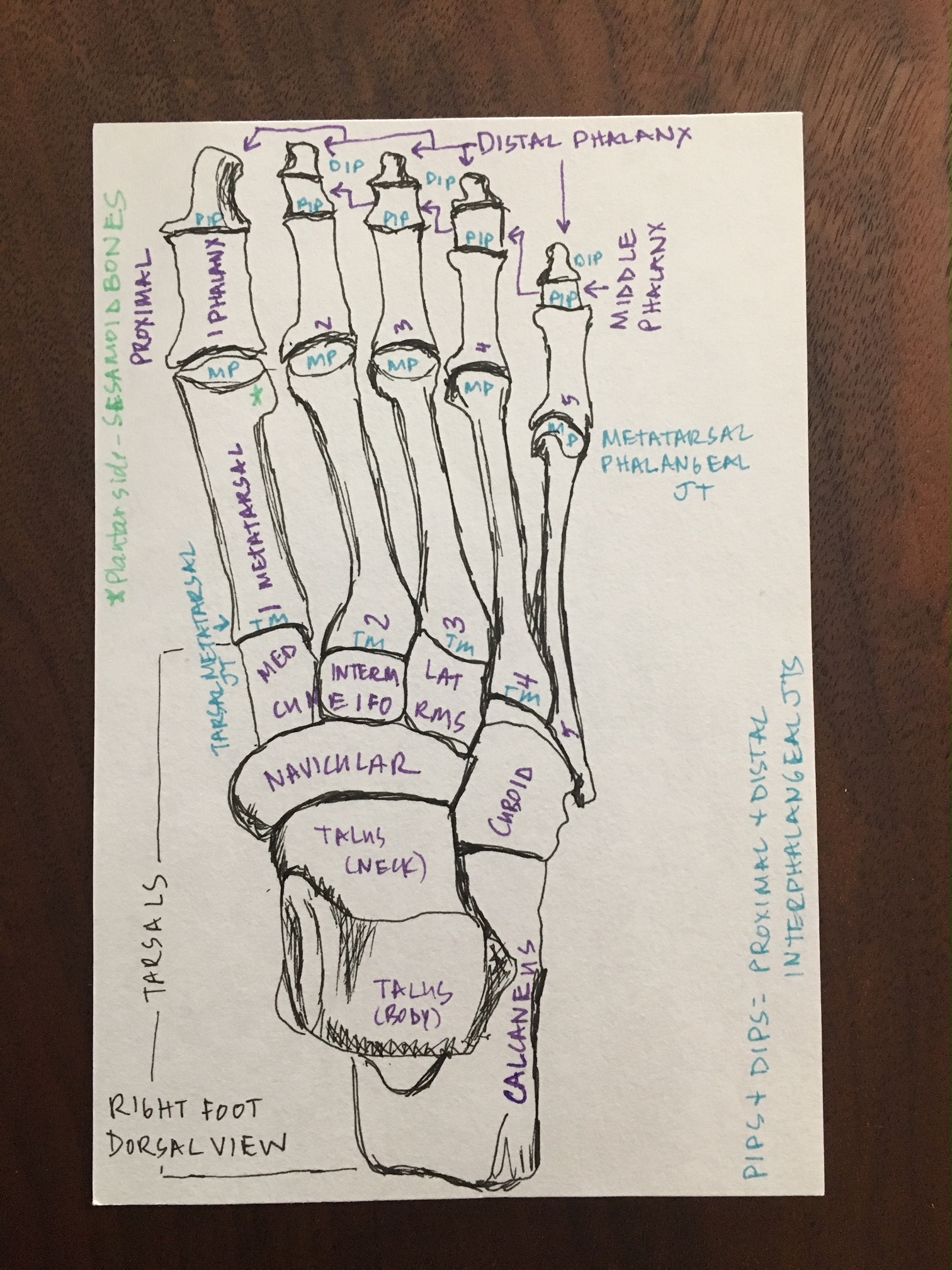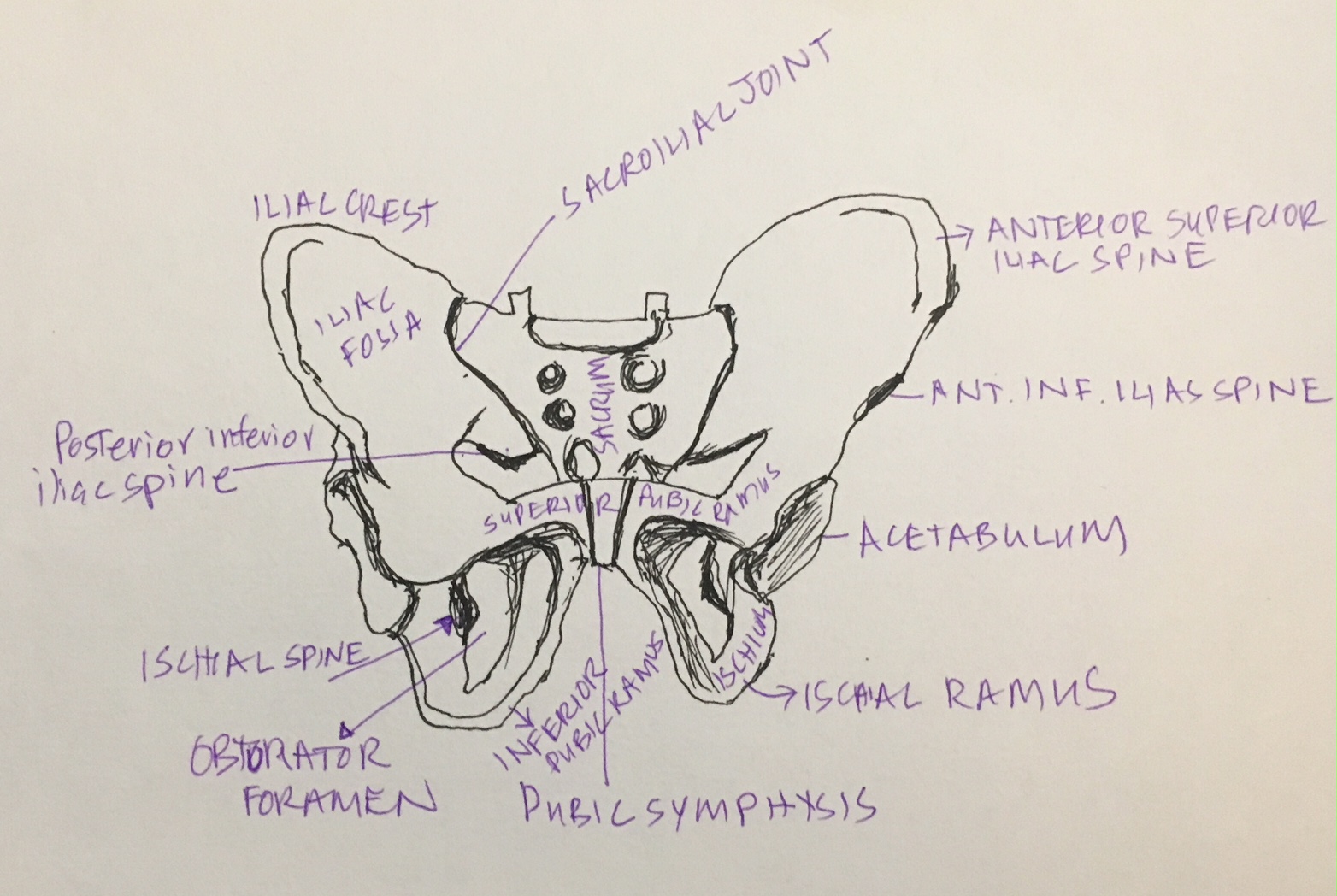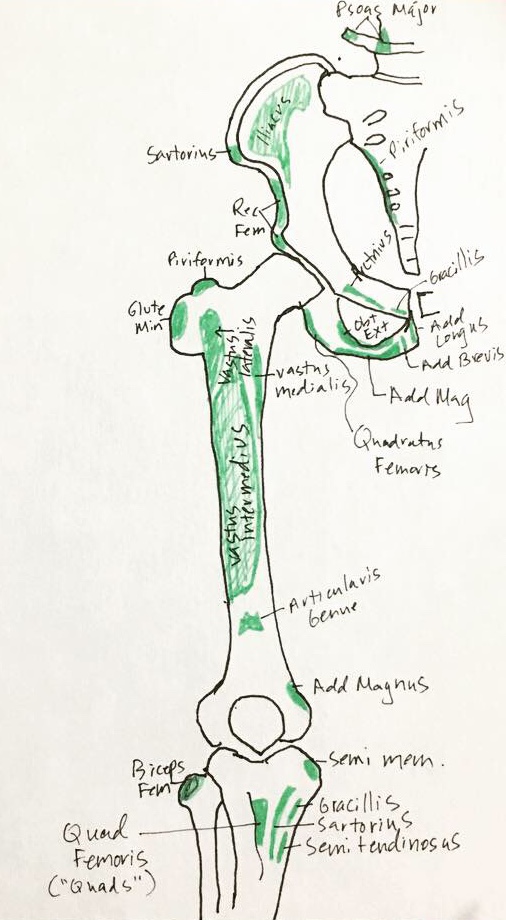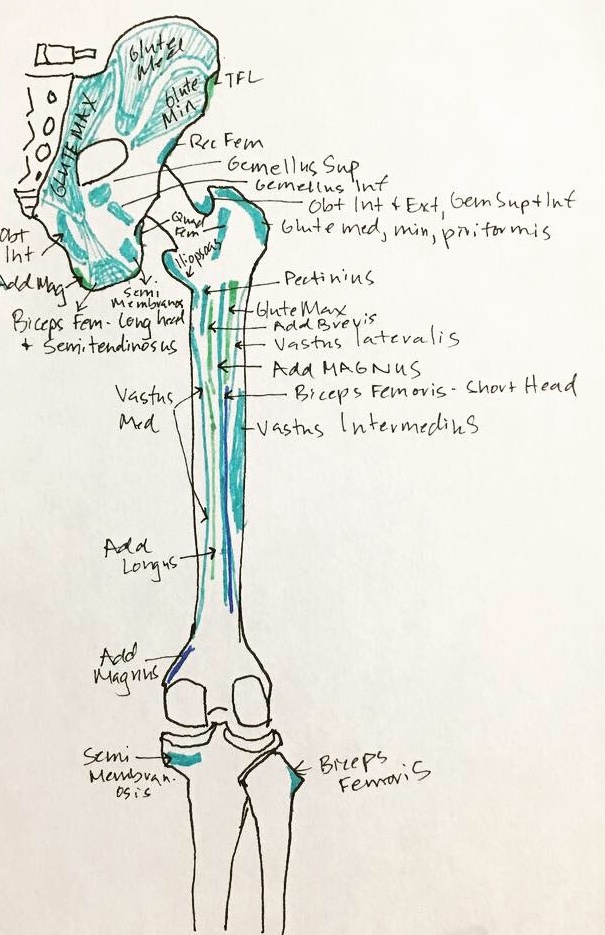I am reading a really beautiful, thought-provoking book, “Yoga Therapy as a Creative Response to Pain” by Matthew J. Taylor. I was first introduced to Matthew Taylor when I read, “Yoga and Science in Pain Care.” He wrote a chapter on the history of pain science, and it literally made me laugh out loud. Not the reaction you would guess to a chapter on pain science! But the chapter tickled me so much that I looked up Mr. Taylor and sent him an email thanking him for writing such a fabulous chapter.
And lo!
HE WROTE ME BACK!
Come to find out, this PT, PhD, C-IAYT (and past president of the International Association of Yoga Therapists), lives in Iowa City, IA – literally 45 minutes from me. As we chatted back and forth via email, I found out that he is friends with Jill Miller (my teacher and founder of Tune Up Fitness), he lived and worked in Galena, IL for several years, his wife graduated from the same college I did (St. Ambrose University). His grandma had a house 2 blocks away from where Tim and I lived for 10 years. She was also a bank teller at Davenport Bank, which essentially became Quad City Bank & Trust, where I now work. #syncrhonicities
This super brilliant man was so kind, curious, and humble. I called him Dr. Taylor, and me told me to call him Matt. 🙂
Fast forward a couple of months, and I was asked by Tune Up Fitness to write another article. They suggested that I interview Matt, and I jumped at the chance. I emailed him, and within a few hours, he emailed me back with a “Yes, I would love to!” and we settled on a date and time.
He spent 45 minutes sharing his insights and perspectives with me (more to come on that, when my article gets published). During our conversation, I found out that he had written a book. I was so intrigued by our conversation and his very inclusive, open, humble approach, that I quickly added his book to my collection.
It’s an amazing book. He is teaching me about philosophy, systems thinking, holding space for paradoxes and uncertainties, and at the same time, drawing connections between all these things and yoga. There is enough in this book to keep me studying for years, but one concept really caught my attention, as we are going through this very divisive time. On page 83 he talks about 3 forms of humility:
- Agential humility – that recognizes that there are some things we simply cannot change.
- Epistemic humility – that recognizes that we can never know all the factors involved in a situation.
- Predictive humility – that recognizes the uncertainty of the final outcome and all the ramifications of our actions.
Practicing these forms of humility opens up SO MUCH SPACE for compassion, understanding, and patience. While I may believe something 100% and have NO DOUBT of its veracity, I can never know all the factors involved. I cannot judge you or your opinions as “wrong” because I don’t know all the relationships (context) involved. Also, let’s say I could somehow know that you are “wrong.” Well, I don’t know the final outcome of any actions you take based on that “wrong” belief. As Galadriel says, “Not even the wisest can see all ends.”
The only thing I know for sure is that I know nothing for sure. If we could all approach life and each other with that foundational belief – just think of the space that would open up for new ways of thinking, new ideas, new connections. Differences of opinion would be food for conversation and exploration instead of vitriol and dissension.
As a therapist and a life-long perfectionist, I really struggle with feeling inadequate. I have felt as though I should be able to tell a client, “Oh yes. I know the problem. Here is what you need to do.” But that is not me. I have a big long jumble of ideas of things that could possibly, maybe, hopefully help, and I share those ideas with an invitation of “Let’s try and see.” In reading this book, Matt reiterates repeatedly that our role as therapists is to 1) Create a safe environment and 2) Empower clients to create new responses.
So maybe I’m NOT doing it wrong??
What’s the point of this whole post? Well, firstly, if you are at all interested in yoga and pain management, you must read this book. And then you must contact me so we can digest it together (it’s DENSE). And secondly, don’t be so sure. Don’t be so sure you have the answers or that you don’t have the answers. Don’t be so sure you are wrong and someone else is right or vice versa. The answer is always “Yes and no, maybe, and it depends.”
Hold space for the unknown – there is space to play and create and connect there!




